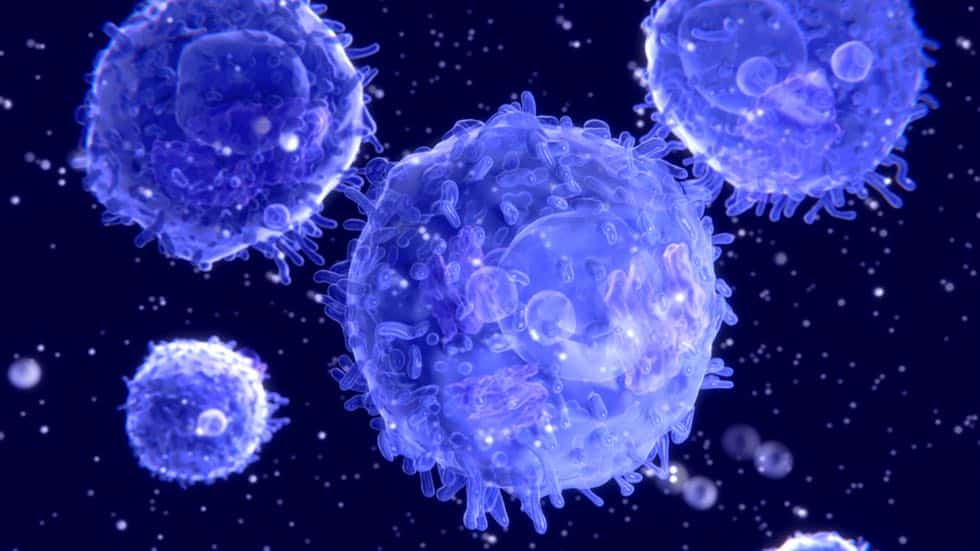Cell Sex Found to Influence Nanoparticle Uptake and Other Responses
Cellular uptake of nanoparticles (NPs) depends on the nature of the nanobio system including the solid nanocomponents (e.g., physicochemical properties of NPs), nanobio interfaces (e.g., protein corona composition), and the cellular characteristics (e.g., cell type).
Now, in a new study, scientists at the Brigham and Women’s Hospital (BWH) and colleagues at Stanford University, McGill University, and University of California, Berkeley, have found that Cell sex might play a rather important role in the cellular uptake of nanoparticles.
Also, the team found that cells from men and women respond differently to reprogramming techniques used to enhance the ability of the cells to differentiate into a greater variety of cell types.
“Our findings have a capacity to optimize clinical translation of nanoparticles and also to help researchers to better design and produce safe and efficient therapeutic sex-specific nanoparticles,” Morteza Mahmoudi, an Instructor at Harvard Medical School and the former Director of and Principal Investigator at the NanoBio Interactions Laboratory at Tehran University of Medical Sciences, tells Nanowerk.
“We demonstrate that cell sex leads to differences in NP [nanoparticle] uptake between male and female human amniotic stem cells (hAMSCs), with greater uptake by female cells,” the article’s authors indicated. “The experiments were replicated with primary fibroblasts isolated from the salivary gland of adult male and female donors of similar ages, and again the extent of NP uptake was altered by cell sex.
“However, in contrast to hAMSCs, uptake was greater in male cells. We also found out that female versus male amniotic stem cells exhibited different responses to reprogramming into induced pluripotent stem cells (iPSCs) by the Yamanaka factors.”
In the course of their investigation, the team used human amniotic cells (hAMSCs)- which represent one of the earliest sources of somatic stem cells- in order to uncover the potential effect of sex differences in nanoparticle uptake. As these cells are extracted from the amniotic layer of the placenta, they are in their early passages, which can provide more accurate nanoparticle update outcomes compared to other cell types.
hAMSCs can be coaxed into an even more robust stem cell state using a Sendai virus to deliver key factors to the nucleus. This reprogramming technique is quite common in stem cell biology—but the research team found that even this approach is affected by differences between male and female cells, with female cells responding at a nine-fold higher rate than male cells.
“In this work, our team tested the hypothesis that the observed significant difference in the QD uptake between male and female cells could be because of, but not limited to, 1) variations in secreted biomolecules (i.e., paracrine factors) and/or 2) sex-based variation of cell functions and structures (e.g., various membrane composition and intracellular pathways and, also, cell stiffness, i.e., structural differences in their cytoskeleton),” explains Mahmoudi. “We were able to demonstrate the importance of cell sex in uptake of nanoparticles. Consequently, we suggest that cell sex is an overlooked factor in research relevant to the nanobio interface.”
“Considering that our study revealed differences between male and female cells based on analysis of a limited number of factors and also that the effect of cell sex varied between cell types (fibroblasts and hAMSCs), it is likely that there are other undiscovered differences that could influence nanoparticle uptake,” he concludes. “Further research will be required on a greater variety of cell types.“































